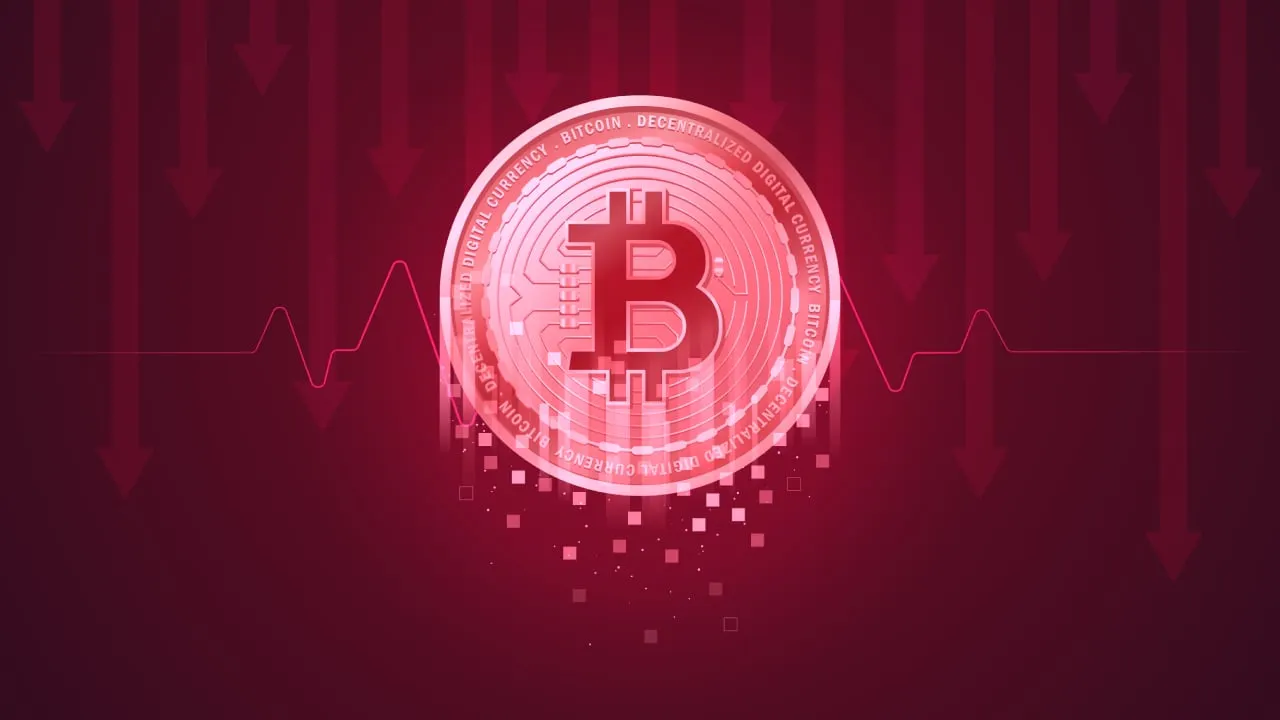The price of Bitcoin crashed below $80,000 on Monday morning as financial markets reacted to ongoing concerns over inflation and a possible U.S. recession, fueled by President Trump's comments over the weekend.
Asked by Fox News in a Sunday interview about whether he expects a recession this year, Trump declined to rule it out.
"I hate to predict things like that," he replied, adding that there will be a "period of transition" as the economy digests his sizable tariffs on neighbors Canada and Mexico, as well as China. Trump's moves around tariffs, including delays and shifts in the scale of them, have rocked markets for weeks.
Bitcoin dove as low as $79,553 on Monday morning, rebounding slightly to $79,785 as of this writing. The leading cryptocurrency is currently down almost 5% on the day, falling 14% on the week amid volatility fueled not only by tariff moves but also speculation over Trump's strategic Bitcoin reserve plans.
Ethereum is also down 5% to a current price of $2,013 after coming within a dollar of the $2,000 mark late Sunday. ETH hasn't been below $2,000 since November 2023.
Other major coins have posted much sharper losses over the last 24 hours, with Cardano (ADA) falling 10% to $0.69, Solana (SOL) down 9% to $121, and Dogecoin (DOGE) diving 8% to $0.166.
Stock markets are similarly showing losses so far Monday, with the Nasdaq plunging by more than 3% and the S&P 500 down 1.8%. Traders are pulling back ahead of crucial economic reports expected later this week—including the latest Producer Price Index (PPI) and Consumer Price Index (CPI) updates—that will indicate whether inflation is being kept under control.

